Increased Use in Agriculture
The Synthetic Gypsum Market is experiencing a notable uptick in demand from the agricultural sector. Farmers are increasingly recognizing the benefits of synthetic gypsum as a soil amendment, particularly for improving soil structure and reducing compaction. This material provides essential nutrients such as calcium and sulfur, which are vital for crop growth. Recent studies indicate that the application of synthetic gypsum can lead to yield increases of up to 20% in certain crops. As agricultural practices evolve towards more sustainable methods, the adoption of synthetic gypsum is expected to rise, further propelling the Synthetic Gypsum Market. The potential for enhanced crop productivity and soil health positions synthetic gypsum as a key player in modern agriculture.
Regulatory Support for Waste Management
The Synthetic Gypsum Market is benefiting from increasing regulatory support aimed at promoting waste management and recycling initiatives. Governments are implementing stricter regulations on industrial waste disposal, encouraging the use of by-products like synthetic gypsum in construction and agriculture. This regulatory landscape not only fosters a more sustainable approach to waste management but also creates a favorable environment for the growth of the synthetic gypsum sector. As industries seek to comply with these regulations, the demand for synthetic gypsum is expected to rise, further solidifying its position in the market. The alignment of regulatory frameworks with sustainability goals is likely to enhance the visibility and acceptance of synthetic gypsum across various sectors.
Technological Innovations in Production
Advancements in production technologies are significantly influencing the Synthetic Gypsum Market. Innovations such as improved calcination processes and enhanced purification techniques are enabling manufacturers to produce higher quality synthetic gypsum more efficiently. These technological developments not only reduce production costs but also enhance the material's properties, making it more appealing for various applications. For instance, the introduction of advanced filtration systems has improved the purity levels of synthetic gypsum, thereby increasing its suitability for use in drywall and cement products. As these technologies continue to evolve, they are likely to bolster the competitiveness of the Synthetic Gypsum Market, attracting new players and expanding market reach.
Growing Awareness of Environmental Benefits
There is a growing awareness among consumers and industries regarding the environmental benefits of synthetic gypsum, which is positively impacting the Synthetic Gypsum Market. As stakeholders become more informed about the advantages of using synthetic gypsum over traditional materials, the demand is likely to increase. This awareness is driven by educational campaigns and research highlighting the reduced carbon footprint associated with synthetic gypsum production. Furthermore, the material's role in reducing landfill waste and promoting recycling aligns with the broader sustainability goals of many organizations. As this awareness continues to spread, it is anticipated that the Synthetic Gypsum Market will experience a significant boost, as more companies and consumers opt for environmentally friendly alternatives.
Rising Demand for Eco-Friendly Construction Materials
The increasing emphasis on sustainable building practices is driving the Synthetic Gypsum Market. As construction companies seek to reduce their environmental footprint, synthetic gypsum emerges as a viable alternative to natural gypsum. This material, produced from industrial by-products, aligns with the growing trend towards eco-friendly construction. In recent years, the demand for synthetic gypsum has surged, with estimates suggesting a compound annual growth rate of approximately 5% through 2025. This growth is attributed to the material's ability to enhance the performance of drywall and cement products while minimizing waste. Consequently, the Synthetic Gypsum Market is likely to witness a robust expansion as more builders and developers prioritize sustainability in their projects.
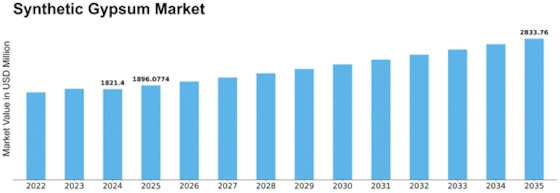

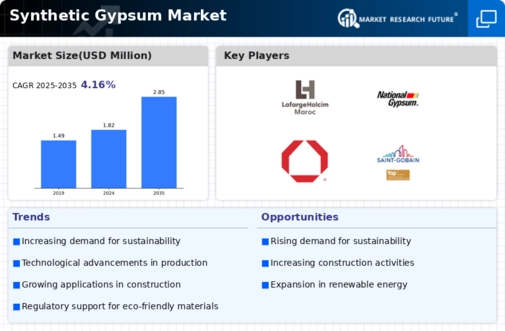
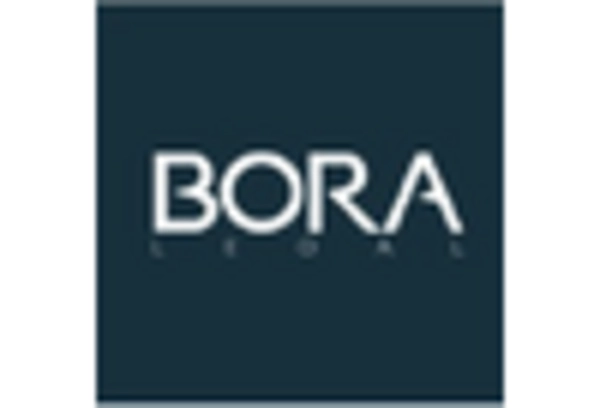
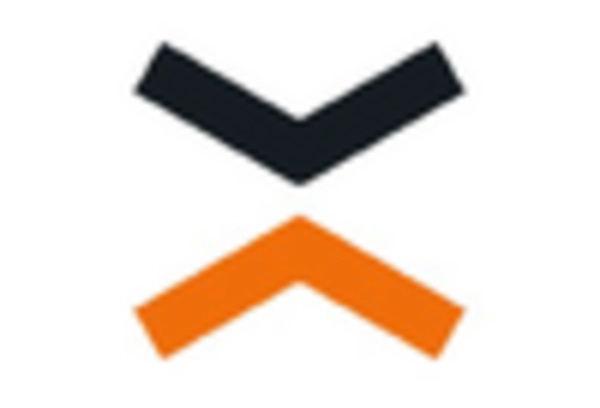
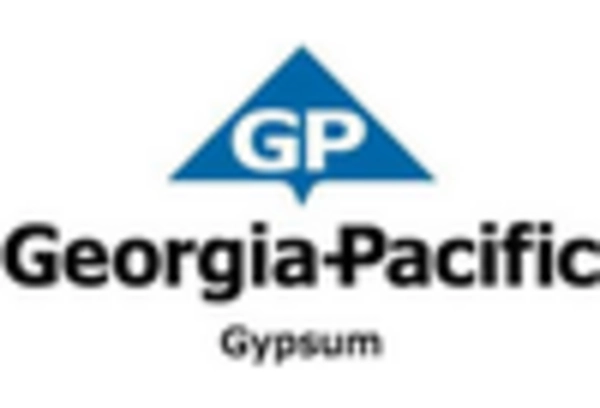
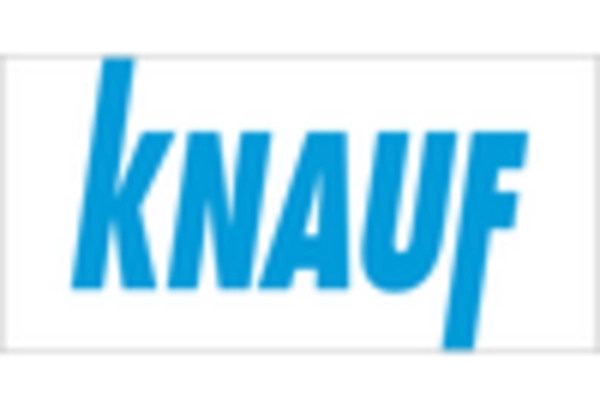

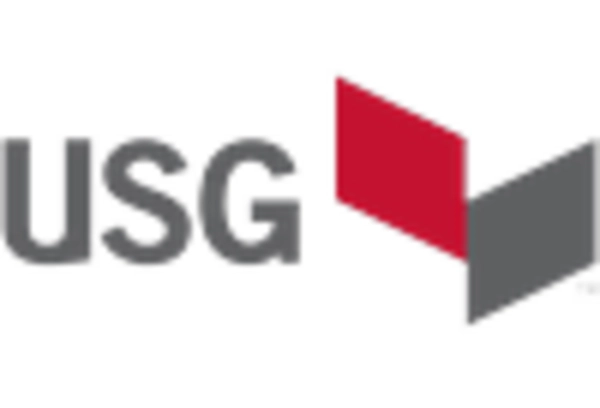









Leave a Comment